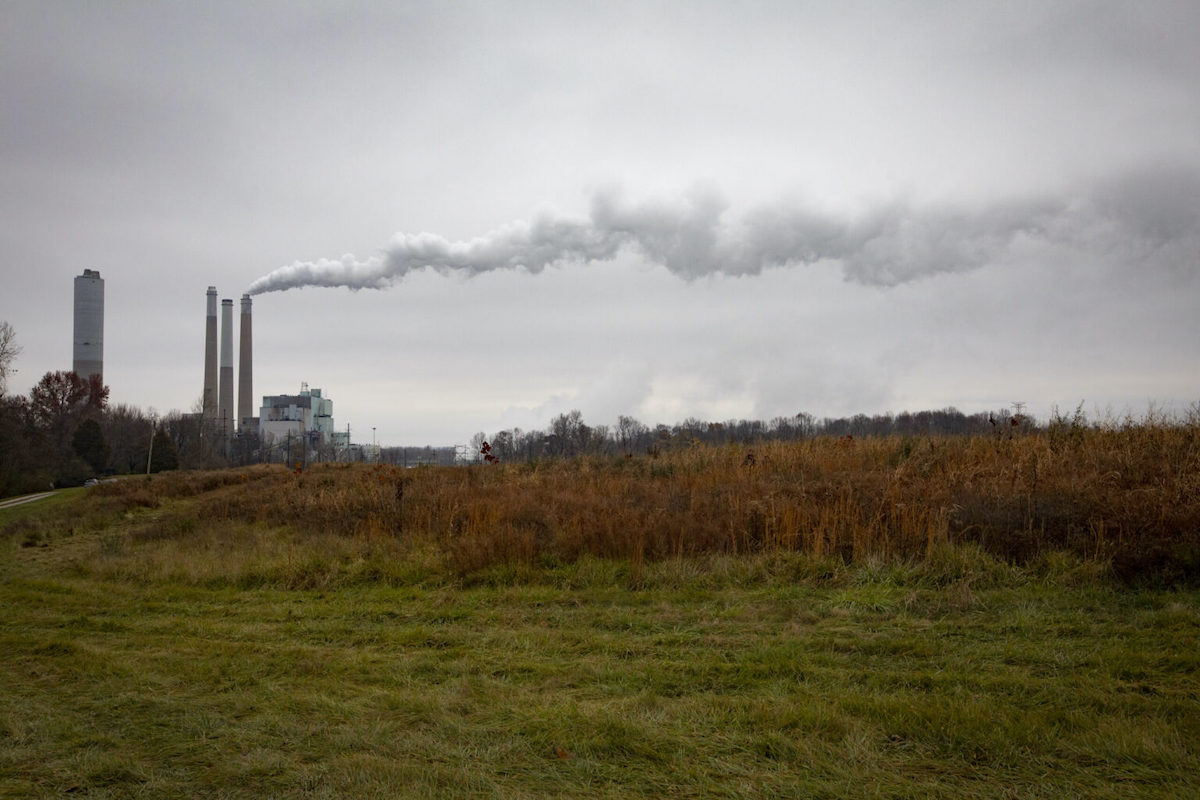By Scott Graber
It is Monday, and Susan and I are hiking the Big Well Trail at the Santee Coastal Reserve just north of McClellanville.
This trail is located atop an earthen dike that separates the South Santee River from several enclosures that once grew rice. After rice raising went South — to Louisiana and Arkansas — these slave-built enclosures were used to attract teal, widgeon and mallards that were then shot by northern plutocrats.
At the turn of the last century this place was called the Santee Gun Club, and it attracted a banking and finance aristocracy that included Grover Cleveland. They stayed in a rustic, large-porched lodge that came with personalized liquor lockers; liveried servants, fellowship and the chance to hunt quail, deer and ducks in the expansive Santee Delta.
Today these bankers and industrialists are long gone replaced by tourists wearing Patagonia and North Face. These folks arrive with their Deep Woods deet; Eddie Bauer hiking pants; and Apple iPhone 14 cameras ready to record the near extinct Red Cockaded Woodpecker. But the once plentiful quail are gone.
No one is sure what is killing the quail, but one theory points to South Carolina’s fire ant. Yesterday an old friend, George Geer, drove us around the Santee Gun Club — now called the Santee Coastal Reserve — and all the while we talked of shotguns, fire ants, the declining quail population and a time when every Beaufort lawyer dreamed of bucks, ducks and pulling a 10-pound Cobia out of the Broad River.
In 1972, George was with the Harvey Battey firm, I was practicing with the Dowling firm, and there was little interest in tennis (or golf) among the partners. There was some passing interest in Carolina and Clemson football, but that activity was entirely secondary to sitting atop 15-foot-high deer stands, often in freezing weather, warmed only by a Bean-bought thermos of Eight O’Clock Coffee.
The small talk at the Court’s roster meetings always involved somebody accidentally shooting a barn, or a Buick, or a rattlesnake in the bottom of a Jon boat. Although there was world class tennis at Sea Pines (Chris Evert, Stan Smith, Evonne Goolagong) I was the only lawyer who used the firm’s tickets. In those days the only Court-recognized reason for a continuance was a conflict with the first day of deer season. But these days, this obsession with deer and their evisceration seems to have evaporated — lawyers now seeking their recreation (and their small talk) in Paris and Perugia.
In 1974, what was left of the Northern gun-toting aristocrats sold the Santee Gun Club (24,000 acres) to the Department of Natural Resources. Today the public can hike any one of six trails that work their way around rice fields, through fresh water swamps, around old ruins and through immense stands of pine trees.
This open to the public place is right next to the Francis Marion National Forest (250,000 acres) where there are also trails to hike; and rivers to kayak; and the opportunity to be rendered speechless without the assistance of drugs, alcohol or any electronic device.
This National Forest — largely acquired during the Depression — is next door to the Tom Yawkey Wildlife Center (20,000 acres) where one might camp on a beach that is entirely free of condominiums, karaoke bars and blue painted plunge tubes.
The Yawkey Center is adjacent the Cape Romain National Wildlife Preserve which extends another 22 miles down the coast of South Carolina. Again, we have the deserted beaches, and migratory birds and the opportunity to see South Carolina as it was first seen (by Europeans) when they waded ashore in 1670.
Every year 90,000 immigrants come ashore — mostly from the American northeast and midwest — incrementally changing the South Carolina coastline. These folks tend to be older, well-pensioned and, of course, they want a place to live that has a view and a deep water dock. This usually means Myrtle Beach, Mt. Pleasant or the Hilton Head-Bluffton-Hardeeville metroplex. (Yes, I know, it sometimes means Greenville.)
These new immigrants bring energy and diversity to those of us who claim to be natives. But the mansions and condominiums and their collateral commercial sequelae now stretch westward into Horry, Berkeley, Dorchester, Beaufort and Jasper counties.
Thanks to long-dead rice planters and their long-suffering, dike-building slaves; and long-dead bankers and their fixation with long-gone quail; hundreds of thousands of acres in and around Georgetown County are protected from “improvement.”
Scott Graber is a lawyer, novelist, veteran columnist and longtime resident of Port Royal. He can be reached at cscottgraber@gmail.com.







